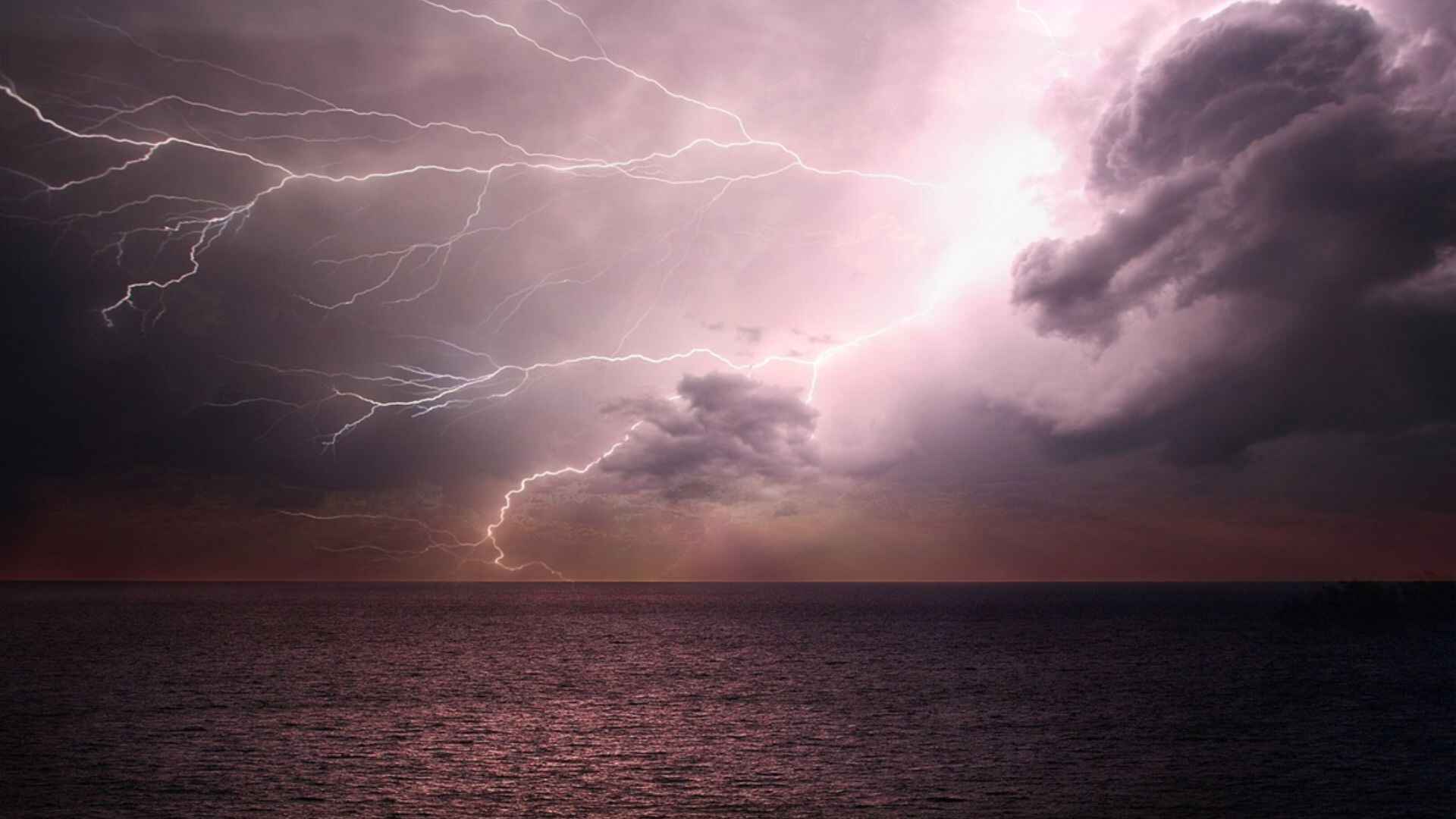An extraordinary celestial event is set to occur tonight as a massive solar storm threatens to disrupt crucial communications and GPS systems, marking an unprecedented cosmic phenomenon, CNN reported.
The US government issued a severe geomagnetic storm watch, the first in nearly two decades, in response to the imminent arrival of “at least five earth-directed coronal mass ejections” and sunspots covering an area 16 times larger than Earth. This event, classified as a G4 storm, is the second-most severe on the US government’s scale.
The National Oceanic and Atmospheric Administration (NOAA) stated that radiation from these solar eruptions began impacting Earth’s magnetic field on Friday and is expected to continue over the weekend. NOAA upgraded the storm to a rare G5 or “extreme” classification, not seen since October 2003, according to CNN.
The potential consequences of such extreme space weather are significant, with the disruption threatening technologies vital to modern society, including the power grid and satellite and high-frequency radio transmissions.
The core issue lies in the interaction between solar radiation and Earth’s magnetic field. As these cosmic emissions interact with Earth’s protective shield, they cause disturbances in the ionosphere, a critical layer of the upper atmosphere. This atmospheric disturbance directly threatens satellites and spacecraft, jeopardizing their operational integrity and electronic systems.
Furthermore, the ionospheric turbulence poses a serious risk to radio communications, hindering transmissions to satellites and impeding signal bounce-back. Essential services, such as GPS navigation used in aviation, maritime, agriculture, and energy sectors, face potential disruption. Similarly, shortwave radio communications used by maritime and aeronautical entities, emergency responders, military units, and amateur radio enthusiasts could be degraded, raising the specter of operational paralysis.
NOAA’s Space Weather Prediction Center issued a warning about the far-reaching effects of such geomagnetic disturbances, cautioning of possible disruptions to infrastructure both in orbit and on Earth. This warning prompted system operators to take proactive measures to mitigate potential impacts.
While cellular networks primarily operate on frequencies less susceptible to space weather influences, the integrity of GPS services remains a significant concern. Combining pure GPS signals with cellular tower-based location tracking offers some resilience, although not immune to disruption.
Citing a 2010 study by NOAA and the Federal Emergency Management Agency (FEMA), researchers suggest that even during an extreme space weather event, direct impacts on public safety and commercial cellular services are minimal. This optimistic outlook depends on the robustness of the underlying electrical infrastructure, which, if unaffected, should protect consumer electronic devices from the storm’s effects.
The Cybersecurity and Infrastructure Security Agency also highlights the resilience of line-of-sight radio transmissions to space weather variability, although with reservations regarding terrestrial copper cables and telephone lines.
Despite historical incidents, such as the February solar flares coinciding with reported cellular network outages, NOAA remains cautious about direct causality. Brent Gordon, chief of the Space Weather Services branch for SWPC, reaffirms this stance, emphasizing the crucial role of a functional power grid in mitigating secondary impacts on cellular services.
The potential destabilization of the power grid is a major concern, with NOAA’s alert suggesting possible voltage control issues and protective system malfunctions. The catastrophic blackout in Quebec in 1989 serves as a stark reminder of the grid’s vulnerability to geomagnetic disturbances, with similar incidents occurring in Sweden and South Africa in recent years.
Recalling the Carrington Event of 1859, where telegraph stations caught fire, highlights the catastrophic potential of geomagnetic storms. The cascading effects of a grid blackout, affecting cellular towers and data centers, pose a serious threat to connectivity on an unprecedented scale.
However, critical infrastructure has fortifications in place, with wireless carriers prepared to deploy backup power generators and mobile cellular towers during crises. Redundancy and resilience emerge as key aspects of our technological defense, alleviating concerns of systemic collapse in the event of grid failure.
In preparation for extended power outages, the US government recommends prudent measures to weather the storm. Stockpiling extra batteries, safeguarding electric appliances against surges, and conserving energy resources are sensible steps to navigate the uncertain waters of space weather.
As the cosmic spectacle unfolds, humanity stands at the brink of an epoch-defining moment. In the crucible of celestial turmoil, the resilience of our technological infrastructure will be tested, serving as a testament to our ability to endure and adapt in the face of cosmic challenges, CNN reported.







